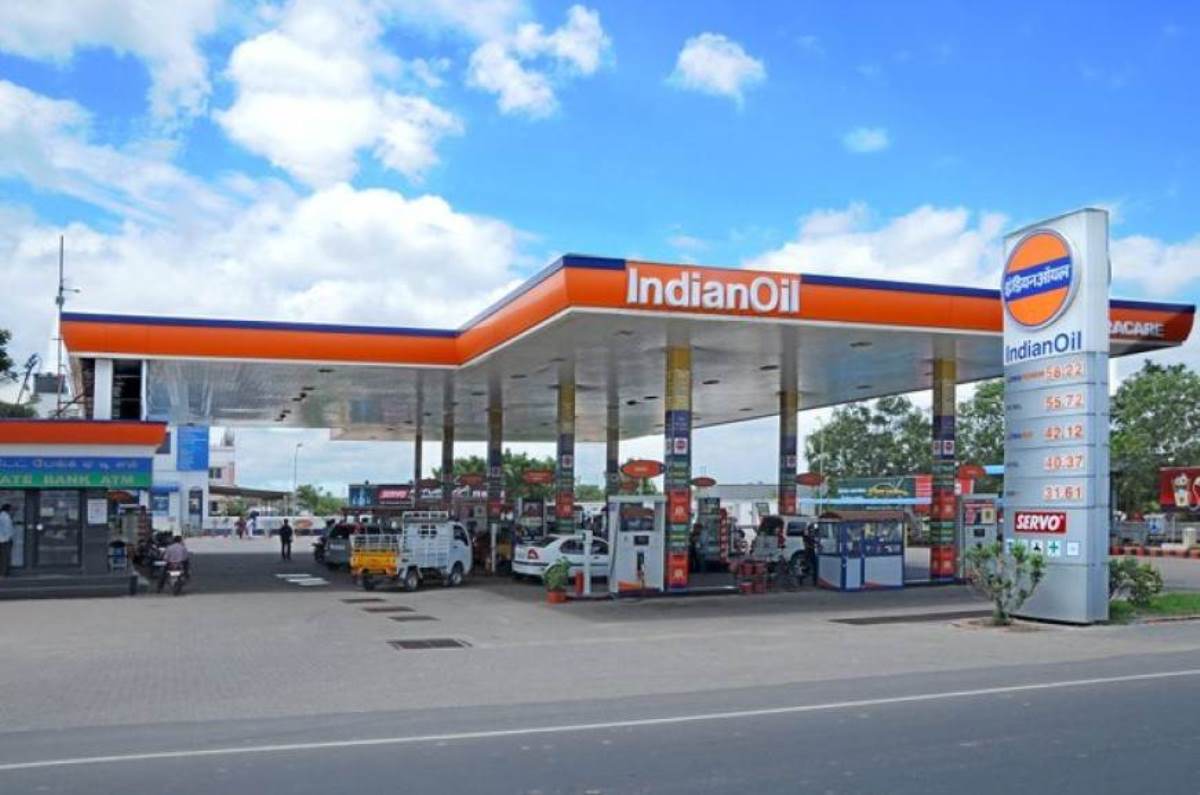Opening a petrol pump (fuel station) in India involves several steps, regulations, and documentation due to the highly regulated nature of the petroleum industry. Here's a breakdown of the procedure and the documents required:
1. Eligibility Criteria:
- Indian Citizen: You must be an Indian national.
- Age Limit: Between 21 to 55 years of age.
- Education: A minimum qualification of 10th pass for rural areas and 12th pass for urban areas.
- Financial Capability: You should have sufficient funds to invest, generally around ₹15-20 lakh for regular outlets and more for premium locations.
2. Application Process:
a. Notification of Dealership: Oil companies like Indian Oil, Bharat Petroleum, and Hindustan Petroleum release notifications for new dealership opportunities. These are advertised through their official websites or in newspapers.
b. Choosing the Location: Applicants can choose a suitable location based on the notification or propose their own location, subject to the oil company's approval.
c. Online Application: The application must be submitted online on the respective oil company’s website along with the required fee and documents.
3. Land Requirement:
- You can either own the land or lease it.
- The location should adhere to guidelines regarding size, proximity to highways or populated areas, and environmental regulations.
- Oil companies specify the minimum area required, which usually ranges from 800 square meters to 2000 square meters depending on the location (urban/rural/highway).
4. Financial Investment:
The cost of setting up a petrol pump includes land, construction, equipment, and working capital. The total cost may vary from ₹50 lakh to ₹2 crores depending on the location and type of fuel station (regular or premium).
5. Security Deposit:
You will need to make a refundable security deposit to the oil company, which ranges from ₹10 to ₹15 lakh depending on the location and type of dealership.
6. Licenses and Approvals:
- No Objection Certificate (NOC): Required from the District Magistrate or District Collector for setting up a petrol pump.
- Explosive License: Issued by the Petroleum and Explosives Safety Organization (PESO).
- Fire Safety Certificate: From the local fire department.
- Environment Clearance: Required if the petrol pump is located in sensitive areas.
- Local Municipal Permissions: Including land use conversion, water, and electricity connections.
- Pollution Control Clearance: From the state or central Pollution Control Board.
7. Documents Required:
- Identity Proof: Aadhaar Card, PAN Card, Passport, or Voter ID.
- Address Proof: Utility bills, rental agreement, or property papers.
- Education Certificates: Proof of educational qualifications.
- Land Ownership/Lease Documents: If you own the land, the title deed; if you lease it, a registered lease agreement.
- Bank Statements/Financial Records: To prove financial capability.
- Income Tax Returns (ITR): For the last three years.
- Photographs: Passport-sized photographs of the applicant.
8. Selection Process:
After submitting the application, oil companies evaluate the applicants based on various criteria like land location, financial capability, and compliance with regulations. A lottery or bidding process is used to select the dealership if multiple applications are received for a single location.
9. Training and Set-Up:
Once selected, oil companies provide training and guidelines for running the petrol pump, which includes managing operations, safety protocols, and marketing.
10. Agreement and Commission:
After approvals, the final dealership agreement is signed. The dealer earns a commission based on the sale of petrol, diesel, and other products.
By following these steps and providing the required documents, you can successfully open a petrol pump in India.



0 Comments
Hi, How are you dear. Hope you are good